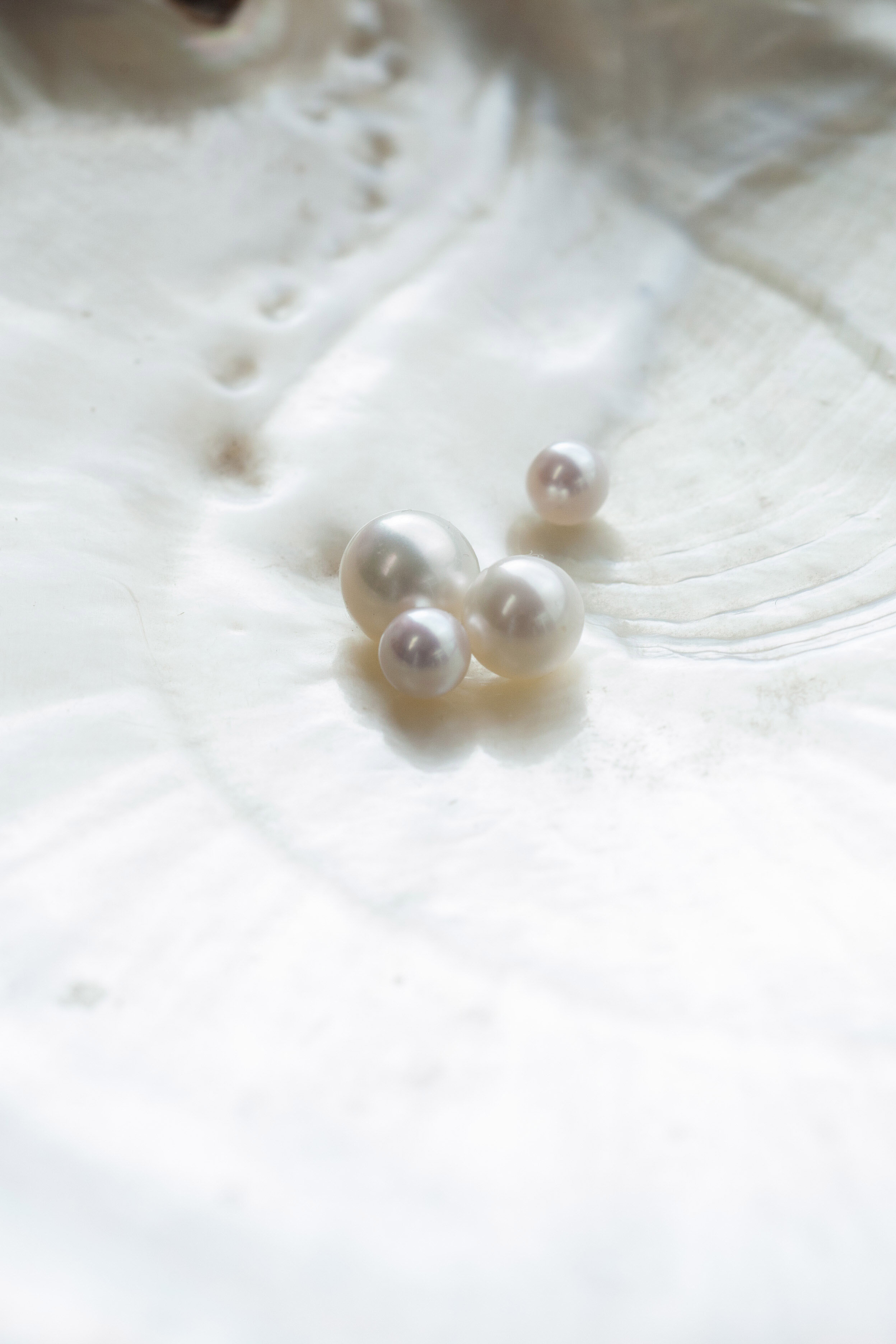How are Pearls made?
The fascination of the Pearls and how this precious organic gem is created.
Natural pearls, one of the world’s wonders and why we all love them are a rare product of nature. They are formed when an irritant, either debris or a parasite enters a pearl producing mollusk - mussel or oysters. The mollusk protects itself from the irritant by secreting a natural thin covering called a nacre. A truly rare formation which is why fine natural pearls is one of the rarest of precious gems.
In history the appreciation of pearl beauty grew and has led to an ever-increasing demand. When the supply of natural pearls were decreasing in the early 19th century, to stimulate production cultivation or cultured pearls were introduced. Cultured pearls are formed in a similar way to natural pearls, except human intervention is used to impregnate the oyster or mussel to bring on the pearl making process.
Cultured pearl farms need perfect pristine conditions for survival and growth, clean pollution-free waters, moderate warm temperatures and protection from high winds and storms to thrive. Yield is particular and timely and if crops are successful can take up to 31/2 years to grow and harvest before they get to the market.
Australia has some of the world's most prolific farms producing top quality cultured South Sea Pearls. Pinctada Maxima is the largest of pearl producing oysters fished in the north and western parts of Australia along with other parts of world. Australian cultured pearls farms are known in the industry for producing larger south sea pearls, white in appearance, matte luster and have a thicker skin.
No pearl is ever the same, they are truly unique and rare organic gems that takes years to form and with proper care be a worn and admired for many generations to come.



